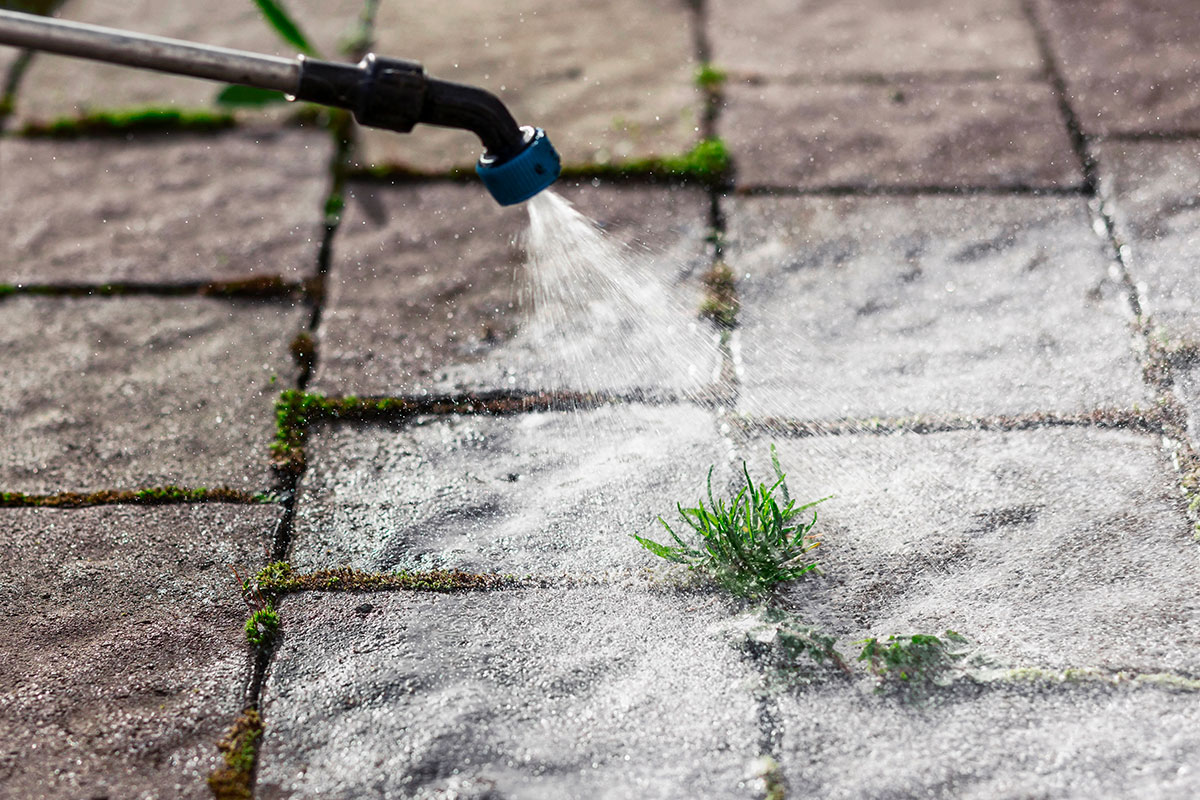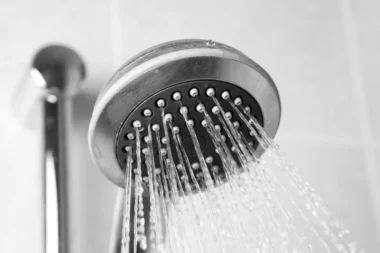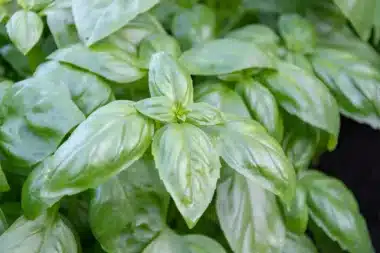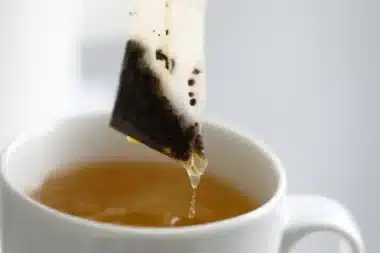Gardening can be a really rewarding hobby, but for many, the nonstop attack of weeds turns a peaceful pastime into a never-ending hassle. Weeds are often seen as a gardener’s worst nightmare, quickly taking over gravel paths or patios and making outdoor upkeep a real pain. The struggle gets even tougher when these pesky plants sneak in between stone slabs or get tangled up in gravel, which makes pulling them out a real chore. Luckily, a handy solution is hiding right in your kitchen cabinet: white vinegar.
The weed problem
Weeds tend to pop up everywhere they’re not wanted, messing with both the look and function of your garden. They spread like wildfire, which means keeping things neat can be a real battle. They seem to have no problem thriving in different spots, but they’re especially annoying on gravel paths and patios. Once those weeds are set in, it takes a ton of work to get rid of them completely.
These sneaky plants are tough and quick to adapt. They can thrive even in less-than-ideal conditions, often stealing sunlight, water, and nutrients from those plants you’ve worked so hard to raise (yes, even your beautiful flowers and veggies).
I Lost 40 Pounds in 8 Months—Here Are the 2 Simple Breakfast Habits That Helped Me
Vinegar as a weed killer
White vinegar has earned its stripes as a weed killer because it dries up the leaves and stems of those unwanted plants on contact. This drying-out effect robs the plant of the water and nutrients it needs, leading to its downfall. Vinegar on its own is pretty effective at taking down weeds, but mixing it with a few other household items can make it even better.
When used the right way, vinegar works fast against weeds without introducing any nasty chemicals into your yard. Its acidic nature messes with the plant cells (kind of like a natural breakdown), offering an alternative to store-bought weed killers.
Boosting vinegar’s strength
To really up vinegar’s weed-fighting game, mix it with dish soap and salt. Dish soap helps by breaking down the waxy surface on plant leaves, which then lets the vinegar and salt stick on better and soak into the plant tissues. Salt, on the other hand, works slowly to draw water out of the weeds’ roots and leaves, eventually killing them.
That said, be careful with salt because it can hurt your soil over time if you use too much (it can kill off a lot of the good bugs and organisms in the soil). That’s why using dish soap to amplify vinegar’s power might be the way to go if you want to keep your soil happy.
Making your own weed killer
Whipping up a homemade herbicide with white vinegar is a piece of cake. Here’s what you need to do:
- Mix 20 to 30 ml of white vinegar in one liter of water in a spray bottle.
- If you want to add salt, toss in one tablespoon of table salt along with a few drops of dish soap.
- Shake the bottle really well so everything mixes together and dissolves properly.
This brew gives you a strong solution to tackle those stubborn weeds while keeping things eco-friendly.
How to use your homemade mix
For the best results, spray the mixture generously all over the weeds—the leaves and stems included—on sunny, dry days. Let it sit for a few hours or even overnight so it has time to do its work. If some weeds just won’t quit, you might need to give them a second (or third) shot until they’re out of there.
Once the weeds are dead, you can easily pull them out or sweep them away. Just remember, this method works best on patios or walkways where you want to control unwanted plants without harming the neighbors (the rest of your garden).
Using this natural approach with white vinegar (boosted with dish soap—and salt, if needed) lets you take back your outdoor space without overdoing it on harmful chemicals. Next time those uninvited plants start taking over your gravel paths or patios, remember that a common pantry staple can be just the ticket to clear them out.







